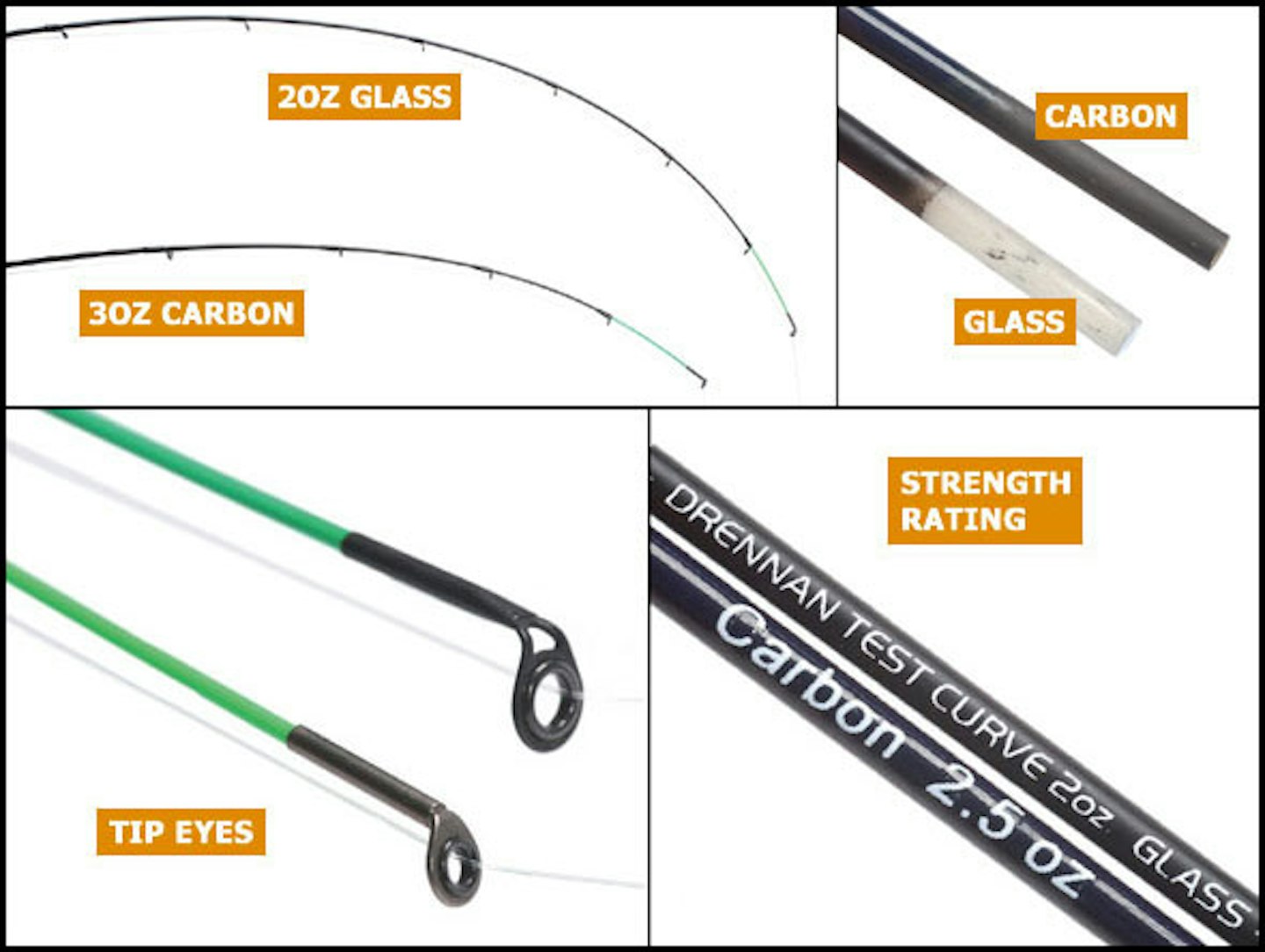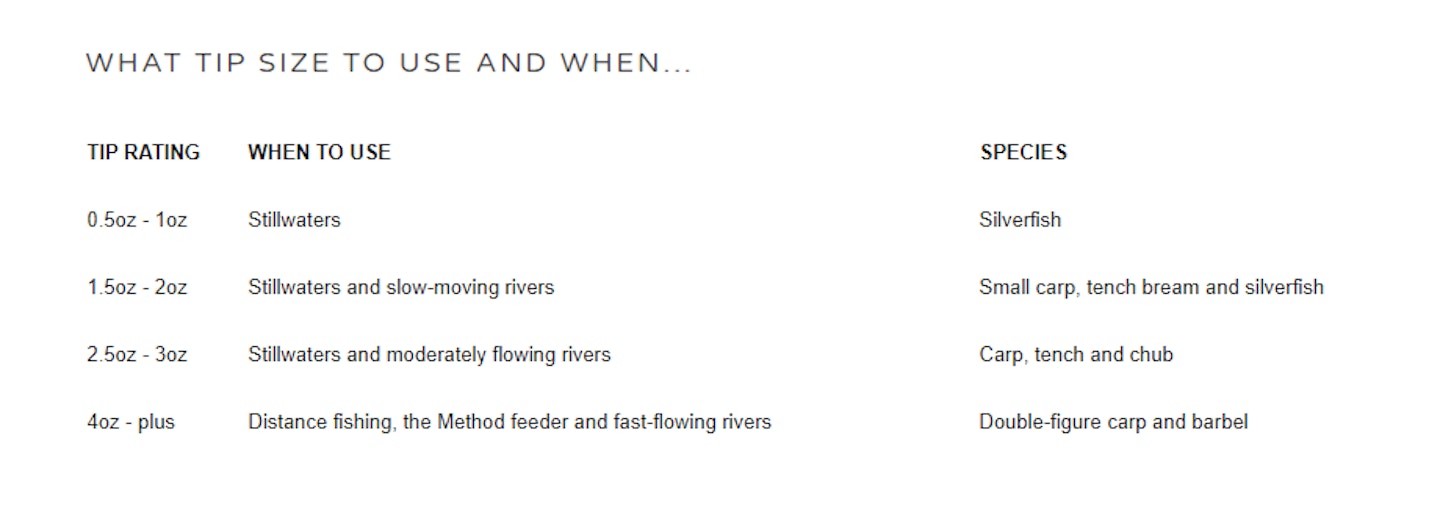If choosing a quivertip leaves you trembling in confusion, do not fear, our guide will remove the mystery and solve all your problems…
Watching the quivertip on your leger rod twang round is certain to get your heart racing.
However, selecting the correct quivertip for a particular fishing situation can mean the difference between a red letter day and a blank.
Here’s a list of the factors that affect quivertip choice:
>> CASTING WEIGHT
The heavier the feeder/leger weight, the stronger the tip should be. If you use too light a tip it will either not cast the weight properly or, worse still, actually break on the cast!
>> FLOW OR UNDERTOW
If the tip is dragged right round, by the flow on a river or undertow on a stillwater, you will not be able to see the bites. You should step up the strength of the tip to compensate.
>> SIZE OF FISH
If you’re targeting shy biting silverfish use a very light tip. For larger species like carp, tench and barbel, you should use a heavier tip. The bites from these species aren’t shy and they will often try to pull the rod in.
QUIVERTIPS EXPLAINED
>> STRENGTH
All quivertips have a test curve or strength rating. A test curve is the amount of weight it takes to bend the tip to 90 degrees. Glass tips tend to be 2oz or less, whereas carbon tips can be a strong as 6oz.
>> TIP MATERIAL
Quivertips are made from two types of material, carbon or glass fibre.
CARBON tips are stiffer and generally have a higher strength rating (2oz to 6oz).
GLASS tips have a soft, progressive action and are produced in lower test curves (0.5oz to 2.5oz).
The two materials are identified by the colour of the tips base. Carbon tips have a dark base; glass tips have a clear or white base.
>> TIP EYE
The size of the tip’s end eye can be a giveaway sign to the strength of the tip. Generally, the larger the eye the heavier the tip, as it is designed to be used for distance casting and thicker lines.


.jpg?ar=16%3A9&fit=crop&crop=top&auto=format&w=1440&q=80)